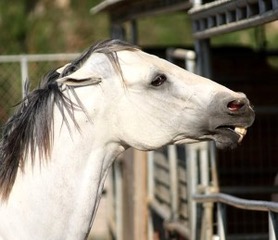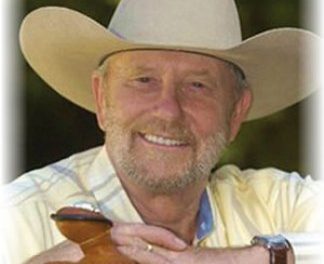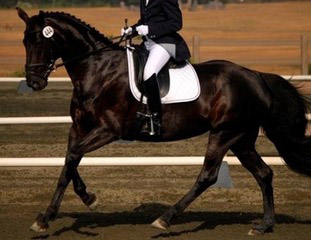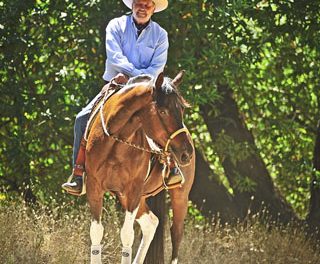
What causes a horse to start biting or kicking? What can we do about it?
A horse will bite or kick most frequently in an enclosed area like a stall,
a stall and paddock or in cross ties. Every time you approach your horse,
you have an opportunity to “read” your horse. As you approach the stall,
the horse’s ears may be back or there may be some aggressive behavior
like pawing. This may be because you brought a treat and the horse is
anxious and demanding. The horse is getting a little cranky, telling you
to hurry up and give him the treat. The demeanor of the horse is not
pleasant. Sometimes we do not recognize this behavior as a red flag. We
pass it off thinking that the horse just wants his treat or to be fed. The
horse has just bit or kicked you and you just didn’t recognize it.
When a horse exhibits this type of behavior, it will become a pattern and
the horse will become more aggressive. This behavior may have been
going on for years or maybe it only started a month ago. You approach
the stall and the ears go back. You don’t think anything about it, but just
push your way into the stall and halter your horse. But, the thought is as
good as the deed, and one day the horse will actually bite or strike out.
When you approach the stall and the horse exhibits a negative attitude,
he is demonstrating how he is thinking about you. There is no respect for
you and the horse is not greeting you in a friendly way. If you don’t deal
with it, the aggression will increase.
I learned this lesson the hard way over many years. I remember once I
went through the same situation and I failed to recognize the signals. I
entered a stall and fortunately I had on a leather jacket because as I
turned my back to the horse, he bit me on the shoulder and actually
tossed me across the stall. Since then, I have become more aware of the
body language of the horses I work with. I keep in mind that the thought
is as good as the deed.
Another situation that may occur is that as you approach the stall the
horse turns his hindquarters to you or, as you approach, the horse pins
his ears and turns presenting his hindquarters. If you ignore the behavior
and enter the stall, the horse will get more protective of his stall. The
aggression will increase until the horses bites or kicks you.
Kicking and biting are very natural ways that horses deal with each other
in the herd environment. We are way too frail to allow this behavior and
the way to solve this problem is very simple. I’ve had a lot of good
comments from people who walk through my main barn. There are 25
horses and at any given time, even when they all know it is feeding time,
they do not exhibit aggressive behavior. They are not lunging against the
stall doors. They are not pawing or kicking or showing any impatient
behavior.
When I have a horse that exhibits negative behavior as I approach, I
have a halter with me and pitch it right at the stall. The idea is not to hit
the horse or hurt the horse but to startle it. In other words, to distract its
thoughts because remember, the thought is as good as the deed. When
you approach and the ears are back or the hindquarters are turned toward
the door, throw a halter or something at the door. Make enough noise to
distract the horse. A plastic bucket also works well for this. The horse
may jump or go to the other end of the stall but you have distracted the
thought. You have to do this each time the horse exhibits the behavior.
You have to be consistent. Every time you approach the stall and the
horse exhibits negative behavior you must respond and distract the
horse.
The same is true with a horse that turns his hindquarters as you
approach. I take it further than distracting and teach the horses to face
me as I go into the stall. I have a hard time putting a halter on a horse’s
hind end. I always make sure they turn and face me and present
themselves politely. To get the horse to turn and face you, bang the gate
and make noise. If the horse does not turn, tap it on the hindquarters
with a lunge stick just until the horse moves his feet and turns.
This is what I call stall manners. Some people think the stall belongs to
the horse and he can do anything he likes. I disagree with that. When I
walk into a stall, I want good behavior, positive behavior; I want the
horse thinking about me in a respectful way.
Remember, if you get bitten or kicked for the first time, it really wasn’t
the first time. It started days, weeks, months or even years ago because
the thought is as good as the deed. Also, remember that it is never, ever
the horse’s fault.




